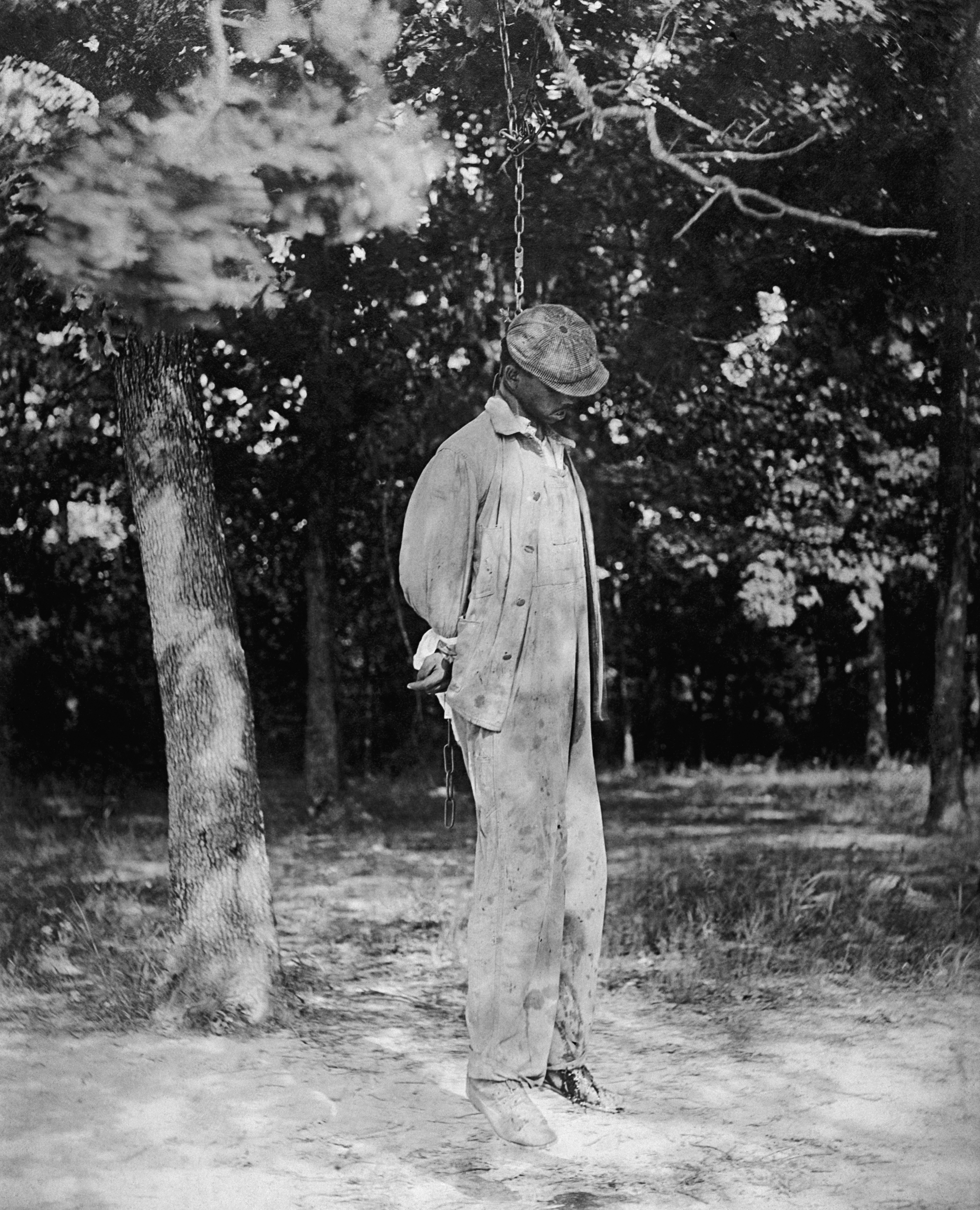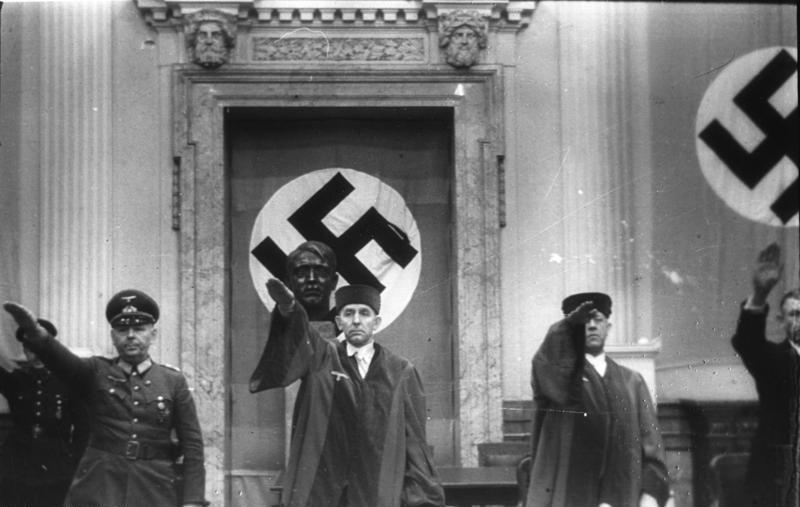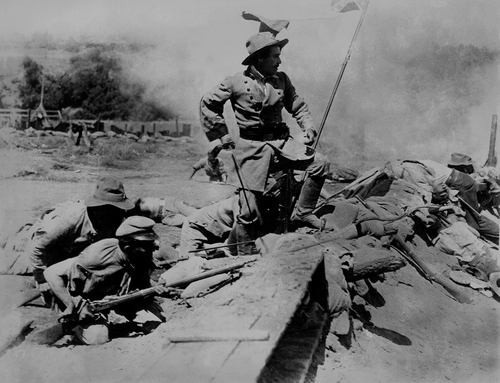|
Cross-burning
In modern times, cross burning or cross lighting is a practice which is associated with the Ku Klux Klan. However, it was practiced long before the Klan's inception. Since the early 20th century, the Klan burned crosses on hillsides as a way to intimidate and threaten black Americans and other non-whites. Scottish origins In Scotland, the fiery cross, known as the , was used as a declaration of war. The sight of it commanded all clan members to rally to the defence of the area. On other occasions, a small burning cross would be carried from town to town. It was used in the War of 1812 between Britain and the U.S. as a means of mobilizing the Scottish Fencibles and militia which were settled in Glengarry County, Ontario against the invaders, In 1820, over 800 fighting men of Clan Grant were gathered, by the passing of the fiery cross, to come to the aid of their Clan Chieftain and his sister in the town of Elgin, Scotland. In Scotland itself, the last significant use of the ... [...More Info...] [...Related Items...] OR: [Wikipedia] [Google] [Baidu] |
Ku Klux Klan
The Ku Klux Klan (), commonly shortened to the KKK or the Klan, is an American white supremacist, right-wing terrorist, and hate group whose primary targets are African Americans, Jews, Latinos, Asian Americans, Native Americans, and Catholics, as well as immigrants, leftists, homosexuals, Muslims,and abortion providers The Klan has existed in three distinct eras. Each has advocated extremist reactionary positions such as white nationalism, anti-immigration and—especially in later iterations—Nordicism, antisemitism, anti-Catholicism, Prohibition, right-wing populism, anti-communism, homophobia, Islamophobia, and anti-progressivism. The first Klan used terrorism—both physical assault and murder—against politically active Black people and their allies in the Southern United States in the late 1860s. The third Klan used murders and bombings from the late 1940s to the early 1960s to achieve its aims. All three movements have called for the "purification" of Ame ... [...More Info...] [...Related Items...] OR: [Wikipedia] [Google] [Baidu] |
Cross Lighting 2005
A cross is a geometrical figure consisting of two intersecting lines or bars, usually perpendicular to each other. The lines usually run vertically and horizontally. A cross of oblique lines, in the shape of the Latin letter X, is termed a saltire in heraldic terminology. The cross has been widely recognized as a symbol of Christianity from an early period.''Christianity: an introduction'' by Alister E. McGrath 2006 pages 321-323 However, the use of the cross as a religious symbol predates Christianity; in the ancient times it was a pagan religious symbol throughout Europe and western Asia. The effigy of a man hanging on a cross was set up in the fields to protect the crops. It often appeared in conjunction with the female-genital circle or oval, to signify the sacred marriage, as in Egyptian amule ... [...More Info...] [...Related Items...] OR: [Wikipedia] [Google] [Baidu] |
Death Threat
A death threat is a threat, often made anonymously, by one person or a group of people to kill another person or group of people. These threats are often designed to intimidate victims in order to manipulate their behaviour, in which case a death threat could be a form of coercion. For example, a death threat could be used to dissuade a public figure from pursuing a criminal investigation or an advocacy campaign. Legality In most jurisdictions, death threats are a serious type of criminal offence. Death threats are often covered by coercion statutes. For instance, the coercion statute in Alaska says: Methods A death threat can be communicated via a wide range of media, among these letters, newspaper publications, telephone calls, internet blogs and e-mail. If the threat is made against a political figure, it can also be considered treason. If a threat targets a location that is frequented by people (e.g. a building), it could be a terrorist threat. Sometimes, death threats ... [...More Info...] [...Related Items...] OR: [Wikipedia] [Google] [Baidu] |
Lynching
Lynching is an extrajudicial killing by a group. It is most often used to characterize informal public executions by a mob in order to punish an alleged transgressor, punish a convicted transgressor, or intimidate people. It can also be an extreme form of informal group social control, and it is often conducted with the display of a public spectacle (often in the form of a hanging) for maximum intimidation. Instances of lynchings and similar mob violence can be found in every society. In the United States, where the word for "lynching" likely originated, lynchings of African Americans became frequent in the South during the period after the Reconstruction era, especially during the nadir of American race relations. Etymology The origins of the word ''lynch'' are obscure, but it likely originated during the American Revolution. The verb comes from the phrase ''Lynch Law'', a term for a punishment without trial. Two Americans during this era are generally credited for coinin ... [...More Info...] [...Related Items...] OR: [Wikipedia] [Google] [Baidu] |
Murder
Murder is the unlawful killing of another human without justification (jurisprudence), justification or valid excuse (legal), excuse, especially the unlawful killing of another human with malice aforethought. ("The killing of another person without justification or excuse, especially the crime of killing a person with malice aforethought or with recklessness manifesting extreme indifference to the value of human life.") This state of mind may, depending upon the jurisdiction (area), jurisdiction, distinguish murder from other forms of unlawful homicide, such as manslaughter. Manslaughter is killing committed in the absence of Malice (law), ''malice'',This is "malice" in a technical legal sense, not the more usual English sense denoting an emotional state. See malice (law). brought about by reasonable Provocation (legal), provocation, or diminished capacity. Involuntary manslaughter, ''Involuntary'' manslaughter, where it is recognized, is a killing that lacks all but the most a ... [...More Info...] [...Related Items...] OR: [Wikipedia] [Google] [Baidu] |
Hearsay
Hearsay evidence, in a legal forum, is testimony from an under-oath witness who is reciting an out-of-court statement, the content of which is being offered to prove the truth of the matter asserted. In most courts, hearsay evidence is inadmissible (the "hearsay evidence rule") unless an exception to the hearsay rule applies. For example, to prove that Tom was in town, a witness testifies, "Susan told me that Tom was in town." Because the witness's evidence relies on an out-of-court statement that Susan made, if Susan is unavailable for cross-examination, the answer is hearsay. A justification for the objection is that the person who made the statement is not in court and thus not available for cross-examination. Note, however, that if the matter at hand is not the truth of the assertion about Tom being in town but the fact that Susan said the specific words, it may be acceptable. For example, it would be acceptable to ask a witness what Susan told them about Tom in a defamati ... [...More Info...] [...Related Items...] OR: [Wikipedia] [Google] [Baidu] |
Vigilante Justice
Vigilantism () is the act of preventing, investigating and punishing perceived offenses and crimes without Right, legal authority. A vigilante (from Spanish, Italian and Portuguese “vigilante”, which means "sentinel" or "watcher") is a person who practices or partakes in vigilantism, or undertakes public safety and retributive justice without commission. Definition According to political scientist Regina Bateson, vigilantism is "the extralegal prevention, investigation, or punishment of offenses." The definition has three components: # Extralegal: Vigilantism is done outside of the law (not necessarily in violation of the law) # Prevention, investigation, or punishment: Vigilantism requires specific actions, not just attitudes or beliefs # Offense: Vigilantism is a response to a perceived crime or violation of an authoritative norm Other scholars have defined "collective vigilantism" as "group violence to punish perceived offenses to a community." History Vigilantism and ... [...More Info...] [...Related Items...] OR: [Wikipedia] [Google] [Baidu] |
Kangaroo Court
A kangaroo court is a court that ignores recognized standards of law or justice, carries little or no official standing in the territory within which it resides, and is typically convened ad hoc. A kangaroo court may ignore due process and come to a predetermined conclusion. The term may also apply to a court held by a legitimate judicial authority which intentionally disregards the court's legal or ethical obligations (compare show trial). A kangaroo court could also develop when the structure and operation of the forum result in an inferior brand of adjudication. A common example of this is when institutional disputants ("repeat players") have excessive and unfair structural advantages over individual disputants ("one-shot players"). Etymology The term ''kangaroo court'' is often erroneously believed to have its origin from the courts of Australia's penal colonies. The ''Oxford English Dictionary'' cites the first published instance of the term as from an American source, '' ... [...More Info...] [...Related Items...] OR: [Wikipedia] [Google] [Baidu] |
Piedmont, South Carolina
Piedmont is a census-designated place (CDP) along the Saluda River in Anderson and Greenville counties in the U.S. state of South Carolina. The population was 5,411 at the 2020 census. Piedmont is a part of the Greenville-Anderson metropolitan area. History Native Americans and early settlers of Piedmont called the area "Big Shoals of the Saluda" after the Saluda River. The Native Americans used the shoals as a crossing. David Garrison established a grist mill around 1850 upon the shoals changing the name of the area to Garrison Shoals. Henry Pinckney Hammett bought this property for his cotton mill that used water power of the shoals. The name of the area changed again to Piedmont, "Foot of the Mountains" and became a mill town. The American Civil War disrupted Hammett's project until 1876 when his plant began operations. Piedmont was added to Hammett's charter for Piedmont Manufacturing Company and a railroad station. Water power from the Saluda River was also used to produc ... [...More Info...] [...Related Items...] OR: [Wikipedia] [Google] [Baidu] |
Reconstruction Era
The Reconstruction era was a period in American history following the American Civil War (1861–1865) and lasting until approximately the Compromise of 1877. During Reconstruction, attempts were made to rebuild the country after the bloody Civil War, bring the former Confederate states back into the United States, and to redress the political, social, and economic legacies of slavery. During the era, Congress abolished slavery, ended the remnants of Confederate secession in the South, and passed the 13th, 14th, and 15th Amendments to the Constitution (the Reconstruction Amendments) ostensibly guaranteeing the newly freed slaves (freedmen) the same civil rights as those of whites. Following a year of violent attacks against Blacks in the South, in 1866 Congress federalized the protection of civil rights, and placed formerly secessionist states under the control of the U.S. military, requiring ex-Confederate states to adopt guarantees for the civil rights of free ... [...More Info...] [...Related Items...] OR: [Wikipedia] [Google] [Baidu] |
Confederate States Of America
The Confederate States of America (CSA), commonly referred to as the Confederate States or the Confederacy was an unrecognized breakaway republic in the Southern United States that existed from February 8, 1861, to May 9, 1865. The Confederacy comprised U.S. states that declared secession and warred against the United States during the American Civil War: South Carolina, Mississippi, Florida, Alabama, Georgia, Louisiana, Texas, Virginia, Arkansas, Tennessee, and North Carolina. Kentucky and Missouri also declared secession and had full representation in the Confederate Congress, though their territory was largely controlled by Union forces. The Confederacy was formed on February 8, 1861, by seven slave states: South Carolina, Mississippi, Florida, Alabama, Georgia, Louisiana, and Texas. All seven were in the Deep South region of the United States, whose economy was heavily dependent upon agriculture—particularly cotton—and a plantation system that relied upon enslaved ... [...More Info...] [...Related Items...] OR: [Wikipedia] [Google] [Baidu] |
The Birth Of A Nation
''The Birth of a Nation'', originally called ''The Clansman'', is a 1915 American silent epic drama film directed by D. W. Griffith and starring Lillian Gish. The screenplay is adapted from Thomas Dixon Jr.'s 1905 novel and play ''The Clansman''. Griffith co-wrote the screenplay with Frank E. Woods and produced the film with Harry Aitken. ''The Birth of a Nation'' is a landmark of film history, lauded for its technical virtuosity. It was the first non-serial American 12-reel film ever made. Its plot, part fiction and part history, chronicles the assassination of Abraham Lincoln by John Wilkes Booth and the relationship of two families in the Civil War and Reconstruction eras over the course of several years—the pro-Union ( Northern) Stonemans and the pro- Confederacy ( Southern) Camerons. It was originally shown in two parts separated by an intermission, and it was the first American-made film to have a musical score for an orchestra. It pioneered closeups and fadeout ... [...More Info...] [...Related Items...] OR: [Wikipedia] [Google] [Baidu] |





